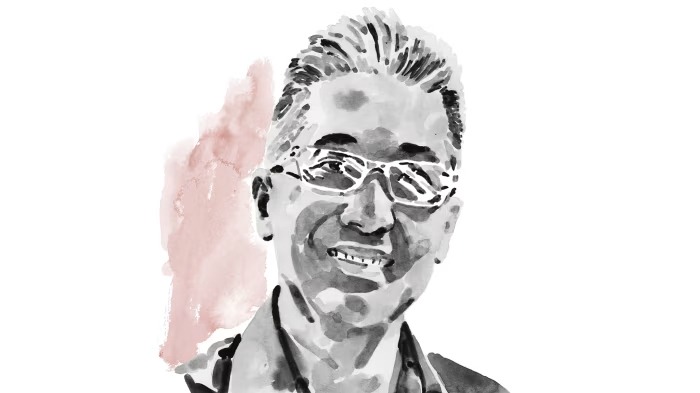
fDi Intelligence – Your source for foreign direct investment information
The writer is CEO of AsiaBIZ Strategy, a Singapore-based consultancy that provides Asian market research and investment/trade promotion services
Asia’s competition for talent keeps intensifying and widening. The phenomenon is spilling across an increasing number of sectors, with talent shortages affecting productivity growth and performance.
Labour is an important factor in the Porter Diamond Model, which maps the features that determine a country’s competitiveness. As such, Asia’s labour shortage is a long-term threat that must be tackled.
One of its causes is a seemingly hard-to-reverse shift in Asians’ attitudes regarding work-life balance and personal fulfilment in their jobs, which has created a ‘sellers market’ in employment markets. Workers’ changing priorities are making them more selective when choosing their employer.
This is amplified for top talent, whose knowledge and skills are in highest demand. In India, there are reports of artificial intelligence (AI) workers seeing their salaries double. Research by AWS shows that employers across the region are willing to pay up to 49% higher salaries for IT workers with AI skills.
The divide between older and younger Asian workers, and digital versus traditional skill sets, will only keep widening
Meanwhile, the automation and robotisation of manufacturing, plus growing demand for digital transformation more broadly, is causing long-term structural changes to employment needs. The result is that Asia will see more ageing workers with less relevant skills pushed aside, forging a workforce gap between digital industries and traditional industries using less technology. The divide between older and younger Asian workers, and digital versus traditional skill sets, will only keep widening.
In the short- to medium-term, companies face a three-pronged challenge. They must reshape workplace culture and conditions to align with the values of a new generation, reskill older workers and offer compensation packages to attract top talent.
Government solutions include training subsidies, relaxing visa rules for workers in most need and updating school curricula to focus more on skills than formal credentials to better reflect industry needs. They should also seek to boost the use of AI and other emerging technologies to improve employee experience and engagement. Meanwhile employers may have to rely more on in-house promotion, rely less on formal credentials, procure from non-traditional sources like alumni and retirees, and attract cross-border talent.
There is another warning in this: the growing focus on hiring star performers risks demotivating less-noticed team members who can’t rival their colleagues. This may further widen the great workforce divide. On some level, does the battle for talent risk corrupting meritocracy?

